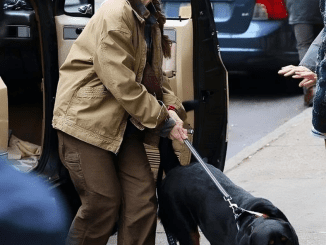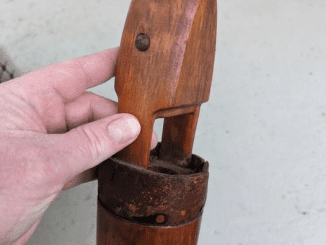Do you enjoy the thrill of spotting differences in pictures? Picture puzzles like these are a delightful way to test your attention to detail and observation skills. They may seem straightforward initially, but as you delve deeper, you’ll realize that the subtle differences make them far more challenging. Today, we’re tackling a picture puzzle featuring a witch, her cauldron, and a spellbook. Your goal is to find all the differences between these two almost identical images. Think you’re up for the challenge? Let’s dive in and see!

Why Do These Puzzles Seem Easy Yet So Tricky?
At first glance, these puzzles look simple. Our brains are naturally wired to process the big picture rather than hone in on tiny details, so it’s easy to overlook small changes. Additionally, our minds love finding patterns and familiarity, making it tricky to spot subtle differences. This is why these picture puzzles are excellent exercises for sharpening your observation skills. They push you to slow down, focus on details, and catch what might usually go unnoticed.
Many people make common mistakes while solving these puzzles. They might focus only on one section, overlook smaller elements, or give up too soon. Others may feel overly confident after finding one or two differences, potentially missing the rest. Ready for a deep dive into this puzzle? Here’s a step-by-step breakdown to help you uncover all the differences.
Step-by-Step Guide to Spotting the Differences
Let’s examine each part of the image closely. The differences are subtle, so a careful eye is essential. Here’s a guide to help you locate the four key differences between the two images.
1. The Candle Arrangement
One noticeable difference lies in the arrangement of the candles on the left shelf. Here’s what changes between the two images:
- In the first image, the first candle is lit, the second candle is out, and the third candle is lit.
- In the second image, the first two candles are out, while only the third candle is lit.
This minor alteration can be easily overlooked if you’re glancing at the image, but it stands out once you know what to search for.
2. The Color of the Soup
Take a close look at the cauldron’s contents; the color has changed:
- In the first image, the soup is a bright green.
- In the second image, the soup is a vibrant purple.
This color difference is one of the more prominent variations if you’re focusing on the cauldron. The stark contrast between green and purple should catch your eye as you analyze the image.
3. The Color of the Potion Bottle
If you direct your attention to the potion bottle on the left, you’ll notice another subtle difference:
- In the first image, the potion is blue.
- In the second image, the potion is orange.
This color change is easy to miss if you’re absorbed in observing the witch or the cauldron, but it’s an important detail that helps distinguish the two images.
4. The Circle on the Floor
Finally, let’s look at the floor behind the witch. There’s a slight but significant difference:
- In the second image, an additional circular pattern appears on the floor, which isn’t present in the first image.
This subtle addition blends into the background, making it easy to overlook. However, it’s a clear sign that sets the two pictures apart.

Encouraging Interaction and Discussion
Did you manage to spot all four differences on your first try? Puzzles like these are a fantastic way to train your brain and improve your observation skills. Let us know in the comments if you found all four differences immediately or if there were any tricky ones that required a closer look.
If you enjoy challenges like these, keep exploring more picture puzzles to keep your mind sharp. The more you practice, the better you’ll get at noticing those little details. So, invite your friends, share this puzzle, and see who can find the differences the fastest!
Conclusion
Spot-the-difference puzzles are not only fun but also an excellent exercise for your brain. They challenge your ability to observe and pay attention to detail, helping you stay sharp and focused. By tackling these small but satisfying visual tests, you’re engaging in a mental workout that strengthens your observation skills. So next time you come across a similar puzzle, remember to look carefully—you might be surprised by the details you’ll discover.


